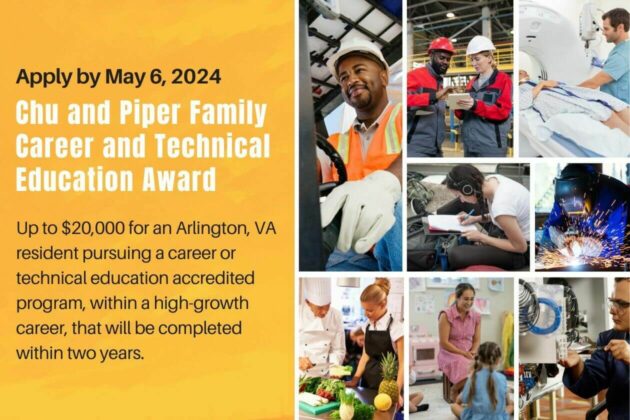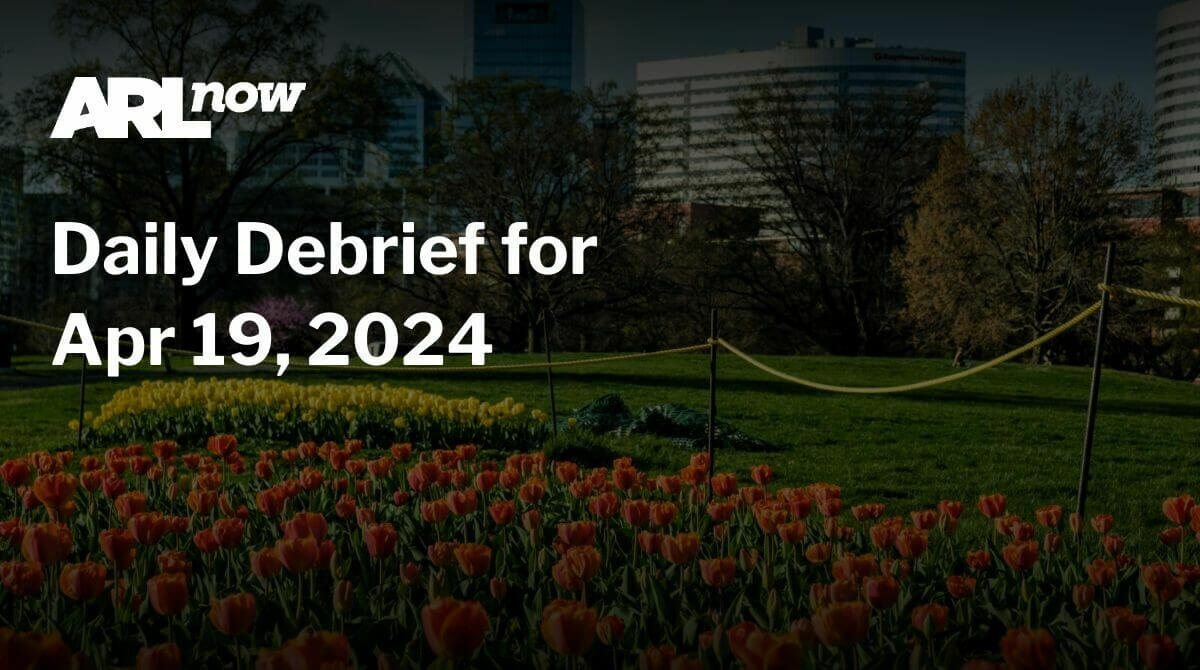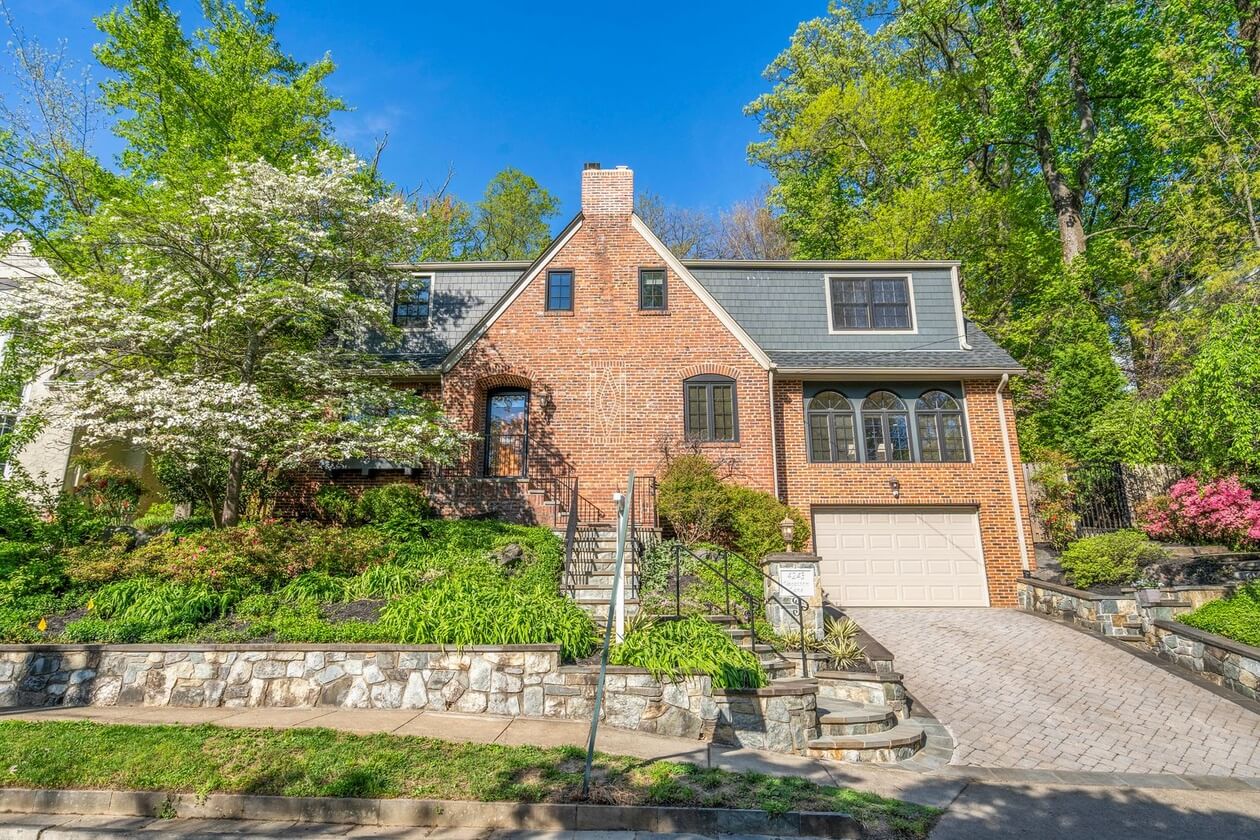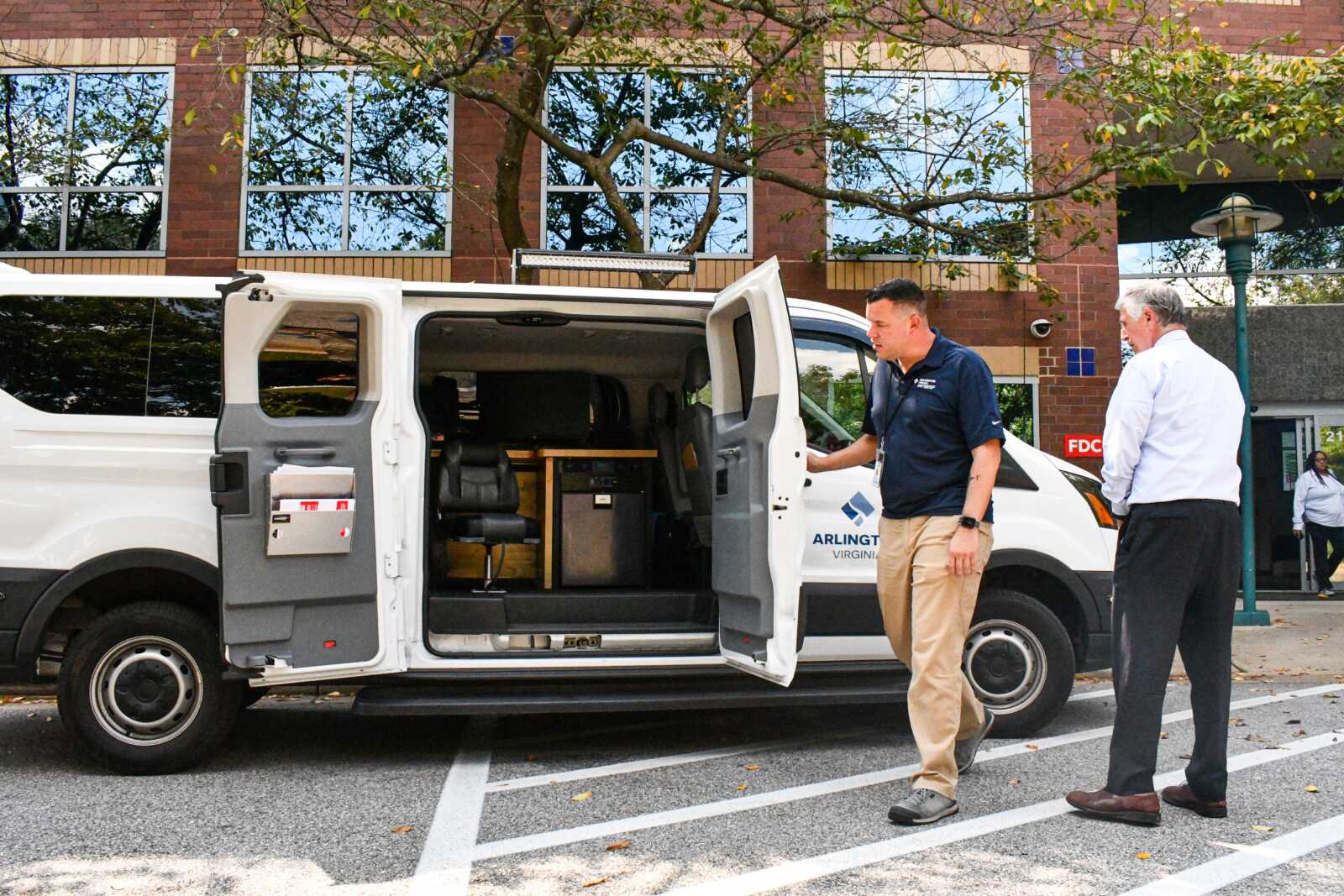The following letter to the editor was submitted by former Arlington County Housing Director Ken Aughenbaugh.
I recently returned to private consulting after thirty years with Arlington County Government’s various housing programs. From 2003-2013, I served as Housing Division Chief/County Housing Director – charged with leading and managing housing policy, program and project initiatives under direction of the County Board and County Manager. I had previously served with District of Columbia non-profits, and as a training and course development consultant under contract with the U.S. Department of Housing and Urban Development (HUD). During my 35-year career in affordable housing, I have worked with dozens of jurisdictions across the US on housing-related initiatives, ranging from energy conservation to homelessness and transit-oriented development. It is from this perspective, I now feel compelled to share my views on Arlington’s planned streetcar lines and, especially, why it is of critical importance to preserving thousands of affordable homes along Columbia Pike.
Thirty years ago when I moved across the river from DC, Arlington was still a relatively sleepy, primarily residential “bedroom” community. The commercial base consisted of high-rise office buildings in Rosslyn and Crystal City. The retail zones in the Rosslyn-Ballston (RB) corridor were declining. Housing was relatively cheap, and owners were happy to work with the County to rehab and commit a unit at affordable rents for five years in exchange for a $5,000 matching grant. Owners could make a profit, the County was able to use only its federal Community Development Block Grant Funds – no local tax funds were needed.
As Metrorail took hold along with the County’s effort to revitalize the RB corridor, the goal of a 50/50 mix of commercial to residential tax revenue was achieved. This helped Arlington to achieve the lowest real estate tax rate in the region, and maintain its “triple-triple A” bond rating. The unintended consequence of this success, however, was – and is – the intense pressure on housing affordability. As the job base grew, and our great location lured more businesses and residents – real estate values and rents grew exponentially. Our County programs could no longer attract owners to partner on affordable housing. Owners could do better by charging market rents without government “strings.”
In 1988, the County Board adopted several game-changing initiatives, including bonus density if developers included affordable housing in residential “Site Plan” projects, and cash contributions from commercial projects. The County also created the Housing Fund Contingent, now known as the Affordable Housing Investment Fund (AHIF) program using local tax revenue to assist non-profit and willing for-profit developers with low interest loans to help write-down the costs of affordable housing projects. To date, these efforts have created over 6,600 units of affordable housing or roughly 15% of the County’s total rental housing stock.
While 6,600 affordable apartments committed for 30 to 75 year terms are a great asset, the need for affordable housing continues to grow at an astonishing pace. Most folks recognize that the Columbia Pike area includes the largest remaining stock of low and moderate-cost rental housing in the County with over 10,000 mostly garden-style units. Many of these are (or were) market-rate affordable (“MARKs”) since their age, size and condition could not command a rent higher than the standard affordability definitions. (i.e., affordable to lower-income families making 60% or less of the area median income (AMI), or less than 80% of AMI for moderate-income renters – while paying no more than 30% of income for rent.) In fact, up until the year 2000, no new apartments had been built on the Pike in over 20 years because the rents could not justify the costs. The only truly substantial apartment rehabs were completed by non-profit or for-profit owners receiving County AHIF assistance. As market conditions improved over the past decade, owners began to upgrade this stock, and now roughly half of these units are unaffordable per the established definition. Some label these units “lost” from the affordable inventory but only a few have actually been demolished. This is really a matter of higher rents for these cosmetically improved units, thereby making them unaffordable by definition. Nevertheless, without County intervention, many more garden complexes will be razed for redevelopment – and will truly be lost and forever gone in the coming decade.
This trend will continue with or without the streetcar. The housing market will continue to grow in strength because of access to jobs and due to ever-worsening commuter times. Many smart folks have learned that it’s better to sacrifice a little square footage for a more sane and civilized lifestyle. Arlington delivers on these lifestyle amenities better than any other place in this region.
The streetcar line is needed both to enhance value that will ensure the economic viability of new projects and to provide premium transit for the residents of this evolving community. In order to access the significant increase in density allowed under the Columbia Pike Neighborhoods Plan, owners or developers are required to include 25% of the new apartment density as committed affordable units. This is similar to the approach used in Site Plan projects in the Metro corridors, but at lower heights and densities. This is a proven strategy that has succeeded here in Arlington and around the US. Even without the streetcar, the Pike will continue to redevelop, albeit slower and at lower densities – with mostly “by-right” forms of development. Under a “by-right” approach, the County cannot require developers to provide affordable units or other community benefits. However, under the form-based code approach called for in the Pike’s Neighborhoods Plan, new tools are available that take us even further in helping to preserve or create new affordable housing: Tax-increment Financing, a Transit Oriented Affordable Housing (TOAH) fund, coupled with traditional tools such as AHIF. The streetcar is the driving force to help the Pike’s ambitious Form-Based Code and Neighborhoods Plan succeed, and all the new development helps pay for the streetcar investment.
This is a symbiotic relationship. We need the streetcar to help ensure the private development projects succeed which, in turn, will provide a significant number of on-site affordable housing units, cash contributions to AHIF, and increased tax revenue. Transit oriented development has made Arlington one of the best places to live anywhere. If we stop now, it would be beyond “penny wise and pound foolish” – it would be downright tragic. If property owners along the Pike cannot realize enough upside to use the Neighborhoods Plan, and go with by-right redevelopment instead – we will almost certainly lose every remaining market rate affordable unit on the corridor.
The streetcar system is really expensive – but it is a critical piece of our proven formula for success. An articulated bus may provide a temporary fix, but it won’t provide the same momentum or economic boost coupled with major affordable housing benefits. It does not make sound economic, or social sense to give up on this great initiative – or even hesitate and lose what is probably our last best chance to preserve and replace a major source of low and moderate income housing in this diverse urban community that we hope to keep whole.
To submit a letter to the editor, please email it to [email protected]. Letters to the editor may be edited for content and brevity.
Recent Stories

For Immediate Release
Progress for All Announces Inaugural Black Men Vote Virtual Town Hall
Date: April 19, 2024
Contact: Marc M. M. Peters

The Award is available to recent high school graduates and non-traditional students (see the application for more details). Each recipient may be awarded up to $20,000. Applicants are required to submit an online application form as well as a short video application.
The applicant must be an Arlington resident pursuing a career or technical education accredited program, within a high-growth career, that will be completed within two years.
The careers and programs include, but are not limited to:
-
Audio, Video, and Sound Engineering Technicians
-
Broadcast Technicians
-
Commercial Drivers
-
Culinary Arts
-
Early Childcare Education
-
Healthcare
-
Information Technology and Computer Science
-
Manufacturing and Skilled Trades (including welding, auto and aviation mechanics and technicians)
-
Public Safety
ACFCU’s Free Homebuying 101 Webinar: Steps to Getting Pre-Approved
Are you ready to jump into homeownership, or have you started considering it but don’t know where to start?
Financial preparation is key when thinking about purchasing your first home and the first step to getting pre-approved. Join ACFCU for
Sweeney Todd
A victim of a gross injustice that robbed him of his wife and child, Sweeney Todd sets about exacting a terrible revenge on society.







